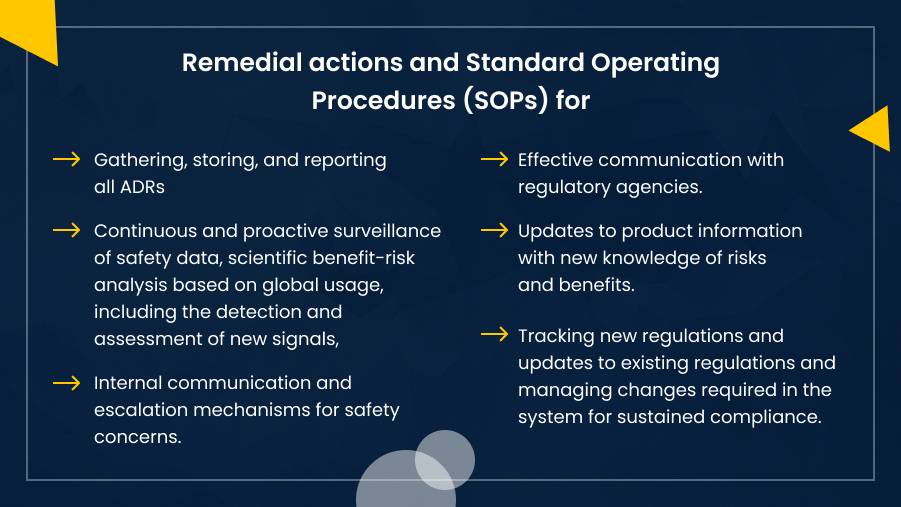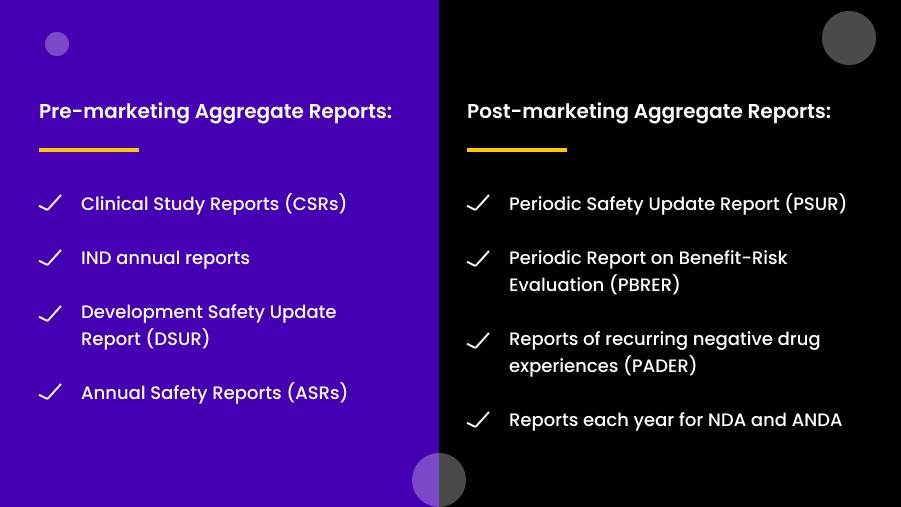Professional growth is more important than ever in the clinical trial sector. Study volume and complexity are rising, and turnover and burnout are widespread.
There were 10% more active clinical trials in 2022 than there were in 2021.
Clinical Research Associates routinely has turnover rates between 24 and 29%, although many research locations have observed increases as high as 50%.
Experienced employees are constantly being drawn to work with contract research organizations (CROs) and sponsors due to employee turnover.
This indicates that there is not enough staff at the sites to perform their vital front-line duties. Then, clinical trial schedules become slower, which raises expenses and jeopardizes study outcomes.
Professional growth is more important than ever in the clinical trial sector. Study volume and complexity are rising, and turnover and burnout are widespread.
There were 10% more active clinical trials in 2022 than there were in 2021. Clinical Research Associates routinely has turnover rates between 24 and 29%, although many research locations have observed increases as high as 50%.
Experienced employees are constantly being drawn to work with contract research organizations (CROs) and sponsors due to employee turnover. This indicates that there is not enough staff at the sites to perform their vital front-line duties. Then, clinical trial schedules become slower, which raises expenses and jeopardizes study outcomes.
The clinical research sector, however, is capable of overcoming these obstacles. Increasing the diversity of applicants that we hire for clinical research is where we need to start. After that, we can concentrate on assisting those applicants in acquiring particular abilities that will enable them to continue clinical research rather than quitting to prevent burnout.
Nonetheless, the clinical trials sector has not kept up with other businesses when it comes to the significance of professional development pathways, particularly at smaller research sites. The lack of formal career development is often one of the factors that facilitate the movement of site workers from sponsors to contract research organizations. Additionally, the industry’s hiring intake trails well behind that of other sectors.
There aren’t many academic programs specifically designed for this line of work.
Another obstacle is that to comply with rules, sponsors, and CROs usually need two years of expertise. However, applicants with a wide range of interests and passions must also be welcomed into the sector.
Enhancing career development can boost employee retention
To avoid being stuck in the same role and paying for an extended period, employees entering the clinical research sector require opportunities to advance their abilities.
Clinical research specialists can concentrate on particular competencies and tailor their career advancement strategies thanks to the ongoing expansion and development of clinical trials. Specialists could concentrate on:
- The ability to manage decentralized and hybrid clinical trials using technology
- Projects promoting diversity and inclusion
The clinical research business must provide clearer guidelines about the various competencies and career routes. This will enable employees to capitalize on their abilities and create fulfilling career plans.
Employees are better suited to manage the particular difficulties of the clinical research setting and are less likely to experience burnout and quit their jobs when they have a defined career path.
Specifying competencies and career routes
Identifying professional pathways, duties, and competencies is the first step in career development.
Regarding employment titles, levels, and responsibilities, the clinical research sector has never been consistent in the past. For instance, at one location, an individual carrying out identical activities can be referred to as a study coordinator, and at another as a clinical research coordinator.
It is difficult for clinical research workers to compare employment, check salary ranges, or determine what exact abilities to develop to advance up the career ladder because titles and levels are so erratic.
By developing public career frameworks, several companies have made an effort to counteract this. Nonetheless, there are still few industry-wide career frameworks.
Technology as an essential emerging skill
IT support for trial participants experiencing technical difficulties is frequently demanded of clinical research personnel, particularly site workers. These skill sets don’t always match the medical expertise or interpersonal skills that have historically made research coordinators one of the most important connections in a clinical trial.
The clinical research business must revise its positions and skill requirements in light of evolving industry trends.
A perfect clinical research employment structure would include:
- Incorporate technology Provide several career trajectories that align with individuals’ abilities and the sector’s development.
- Explain the distinctions between the abilities needed for roles involving patients and those behind the scenes.
- While site enablement technology may necessitate training, it can also eliminate the requirement for clinical research personnel to invest all their time in repetitive communication.
Clinical research workers can use technology to focus more of their time on developing their desired abilities, such as engaging with patients, data analysis, trial design, or diversity and inclusion programs, and less time on downloading attachments or faxing paperwork.
Lessening attrition through professional advancement
The clinical research sector is frequently competitive and fragmented. Nonetheless, sites, sponsors, and CROs can collaborate to find a solution for the common issue of burnout and turnover. Offering career ladders and explicit frameworks for the skills individuals must acquire—including the technological capabilities required by decentralized and hybrid trials—will help retain them in the clinical research industry once they join it.
Following that, experts in clinical research might follow their path within the field, specializing in patient care, data, science, or technology.
















